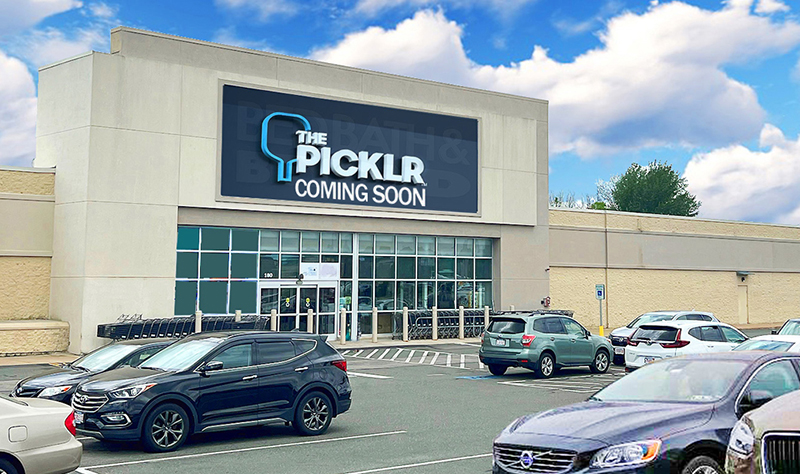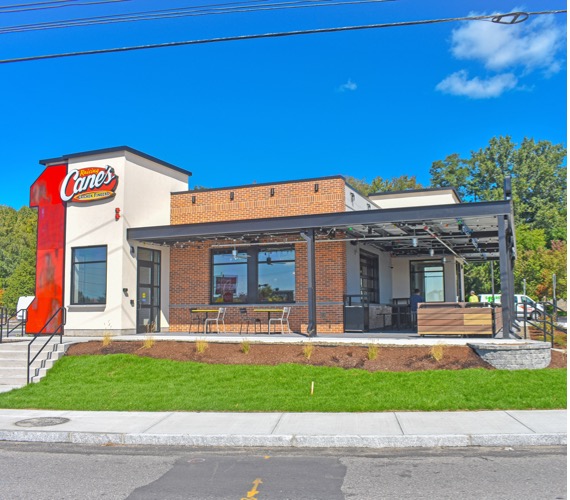News: Retail
Posted: August 21, 2014
The long-awaited 2014 Massachusetts Contingency Plan amendments have arrived
In June 2014, the commissioner of the Massachusetts Department of Environmental Protection (DEP) promulgated a set of amendments to the Massachusetts Contingency Plan (the "MCP" - 310 CMR 40.0000) under the authority of M.G.L. chapter 21E. The MCP is the set of regulations that governs releases of oil and hazardous materials to the environment. It includes procedures for notification of releases, requirements and timelines for site investigation and environmental cleanup, and means of achieving and demonstrating regulatory closure.
The DEP periodically updates the MCP based on stakeholders' experience and scientific advancements that improve our understanding of pollution and its effects on human health and the environment. These latest changes resulted from a public outreach program that began in the spring of 2012. The goal was to eliminate unnecessary permits, streamline the site classification process, expand options for achieving site closure, and update cleanup standards based on the most recent toxicological studies.
Some of the key changes in the 2014 MCP amendments include:
* Simplified tier classification/permit system, including eliminating the numerical ranking system and the requirement for Tier I permits to reduce costs.
* Extension of time frames for MCP milestone submittals (Phase I, Phase II, etc.).
* Streamlined Activity and Use Limitation (AUL) process to reduce time and cost;
* Added options for closing sites with active vapor intrusion mitigation systems.
* Eliminated the non-aqueous phase liquid (NAPL) upper concentration limit of ½ inch, replacing it with a mobility and source-based evaluation.
* Added new provisions for closing sites with "historical fill" contamination under roadways and residual ground water contamination.
* Updated numerical cleanup standards and reportable concentrations.
* Added requirements for conducting greener cleanups to the extent practicable.
* Revised MCP compliance fees.
In addition, the DEP is developing new guidance documents to support the new MCP provisions.
Tier Classification
Disposal sites are classified under the MCP according to the type and severity of contamination and the potential risk it poses if not dealt with within one year of notification of a release. Each category has specific requirements, timelines, and fees associated with it. Previously, disposal site classification was based on an elaborate Numerical Ranking System (NRS) that was time consuming, costly, and often difficult for the public to understand. The new system eliminates the scoring system. Disposal sites are now put into one of two categories (Tier 1 or Tier II) based on four basic risk categories:
1. Ground water contamination in or near a drinking water source.
2. Existence of an Imminent Hazard condition as defined in the MCP.
3. A condition requiring containment or removal of contamination as part of an Immediate Response Action (IRA).
4. Existence of a Critical Exposure Pathway (e.g., impacts to indoor air at a school, daycare, or residence or to a drinking water supply at same).
If any of these conditions are present, the site would be classified Tier I, otherwise it would be Tier II. A site can be downgraded from Tier I to Tier II if the condition(s) is eliminated. The new classification system eliminates the cost and time of completing the NRS worksheet and provides for more transparency. Tier I permits were also eliminated as an unnecessary compliance step.
Submittal Timeframes
Following notification of a release, a responsible parties have one year to investigate and conduct remediation or take other actions to achieve a permanent solution under the MCP or they are subject to additional MCP requirements. These include submitting a Tier Classification and Phase I Initial Site Investigation report, followed by Comprehensive Response Actions, which typically require additional regulatory submittals. Annual fees are assessed following Tier Classification, thus there is an incentive to address contamination early on in the process. The time frames for MCP submittals (Phase II through V) were extended under the recent amendments by one to two years, giving responsible parties additional time to achieve a Permanent Solution. The fee structure for MCP submittals was also modified, including expanded reduced fees for homeowners.
Vapor Intrusion
Vapor intrusion has become more of a concern over the last several years at disposal sites where contaminated ground water and soil can potentially impact indoor air. Advances in the understanding of vapor transport and potential health risks have also had an impact on how vapor intrusion is assessed and mitigated. The recent MCP amendments now make it possible to close out a disposal site that requires an ongoing system to control and remove potentially harmful volatile organic compounds in soil vapor beneath buildings, such as a sub-slab depressurization system (SSD). Previously, responsible parties were unable to achieve closure at a disposal site that required these types of controls to establish a level of no significant risk. Under the amendments, sites can now be closed out with an active SSD system with suitable monitoring and controls.
Michael Ainsworth, LSP, LEP, CPG is the team leader for HRP Associates, Inc. and has been an LSP since the program's inception, Auburn, Mass.
Tags:
Retail
MORE FROM Retail
Mace of KeyPoint Partners negotiates 36,192 s/f lease for The Picklr at Endicott Square
Danvers, MA KeyPoint Partners (KPP) negotiated a lease with the nation’s premier indoor pickleball venue The Picklr at Endicott Sq. Vice president of retail brokerage Don Mace negotiated the transaction on behalf of the landlord.





.jpg)


.png)